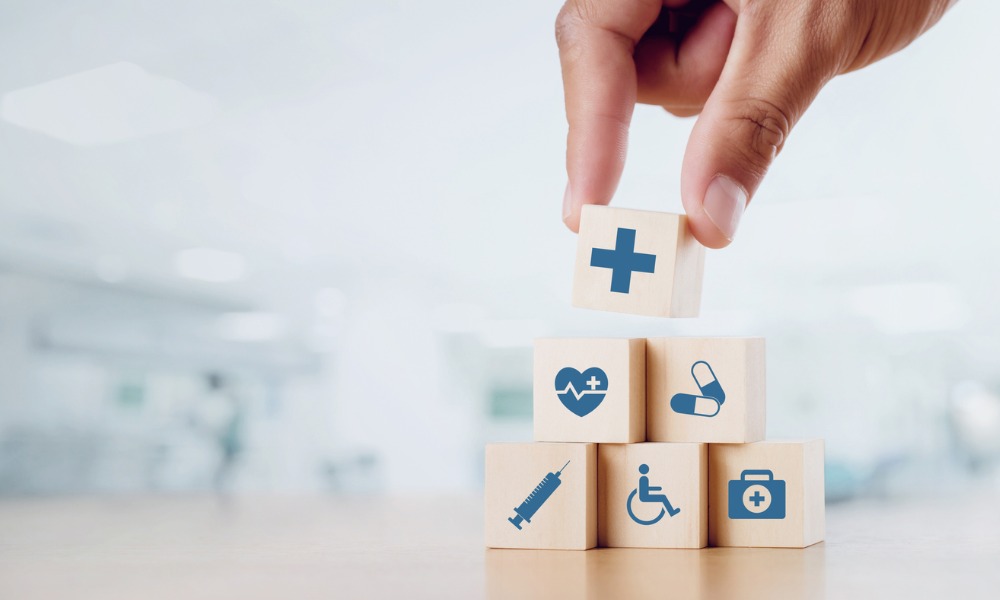The healthcare landscape continuously evolves with technological advancements, shaping the way medical facilities operate. Modern hospitals integrate sophisticated systems and innovative solutions to create safer environments for patients, staff, and visitors. These technological implementations strengthen operational efficiency while maintaining the highest standards of Hospital Safety throughout the facility.
Smart monitoring and real-time tracking
Advanced sensor networks installed throughout hospital premises deliver real-time data about various safety parameters. Temperature monitoring in sensitive areas like operating rooms and medication storage ensures optimal conditions. Movement tracking helps prevent unauthorized access to restricted zones while maintaining efficient patient flow. Environmental sensors detect air quality issues, helping maintain proper ventilation and reducing infection risks.
Automated infection prevention protocols
Modern hospitals implement automated sanitization systems that work round the clock. UV-light disinfection robots move through corridors after hours, eliminating harmful pathogens. Smart dispensers track hand hygiene compliance among staff members. Air purification systems with HEPA filters continuously clean the air, creating safer spaces for everyone.
Digital patient identification

Electronic health records paired with digital identification systems minimize errors in patient care. Barcoded wristbands ensure accurate patient identification during all procedures. Automated medication dispensing cabinets track inventory and prevent medication errors. Smart pumps with built-in safety checks regulate drug administration accurately.
Enhanced emergency response systems
Integrated emergency alert systems enable swift responses to critical situations. Smart badges worn by staff members include panic buttons for immediate assistance. Automated external defibrillators connect to central monitoring stations, ensuring rapid deployment during cardiac emergencies. Emergency evacuation systems guide people to safety through illuminated pathways during crises.
AI-powered predictive maintenance
Artificial intelligence analyzes equipment performance data to predict potential failures before they occur. This proactive approach ensures critical systems remain operational at all times. Regular maintenance schedules adjust automatically based on usage patterns and wear indicators. Early warning systems alert technical teams about impending issues, preventing disruptions to patient care.
Data security and privacy protection
Advanced encryption systems protect sensitive patient information from unauthorized access. Multi-factor authentication protocols secure all digital access points. Audits of security systems identify and address potential vulnerabilities. Automated backup systems ensure data availability during system failures.
Remote monitoring capabilities
Telemedicine platforms enable continuous patient monitoring without physical presence. Wearable devices track vital signs and alert staff about concerning changes. Video surveillance systems with intelligent analytics detect unusual activities or safety violations. Remote access capabilities allow specialists to provide immediate consultation during emergencies.
Staff training and compliance tracking
Virtual reality simulations provide realistic training scenarios for emergency procedures. Learning management systems track staff certifications and required safety training completion. Performance analytics identify areas needing additional training focus. Regular assessments ensure all team members maintain the safety necessary competencies.
Environmental safety controls
Smart building management systems regulate temperature, humidity, and air quality automatically. Energy-efficient lighting adjusts based on natural light availability and occupancy. Water quality monitoring systems ensure safe water supply throughout the facility. Waste management systems track the proper disposal of different types of medical waste.
Implementation strategies
Healthcare facilities continue adopting newer technologies to enhance safety measures. Integration of existing systems creates more efficient and comprehensive safety networks. Regular updates and improvements ensure systems remain current with the latest safety standards. Staff involvement in technology implementation ensures successful adoption and utilization.
By embracing these advancements, healthcare facilities create environments where both patients and staff feel secure and protected. The integration of various technological solutions forms a robust safety framework that addresses multiple aspects of hospital operations simultaneously.


